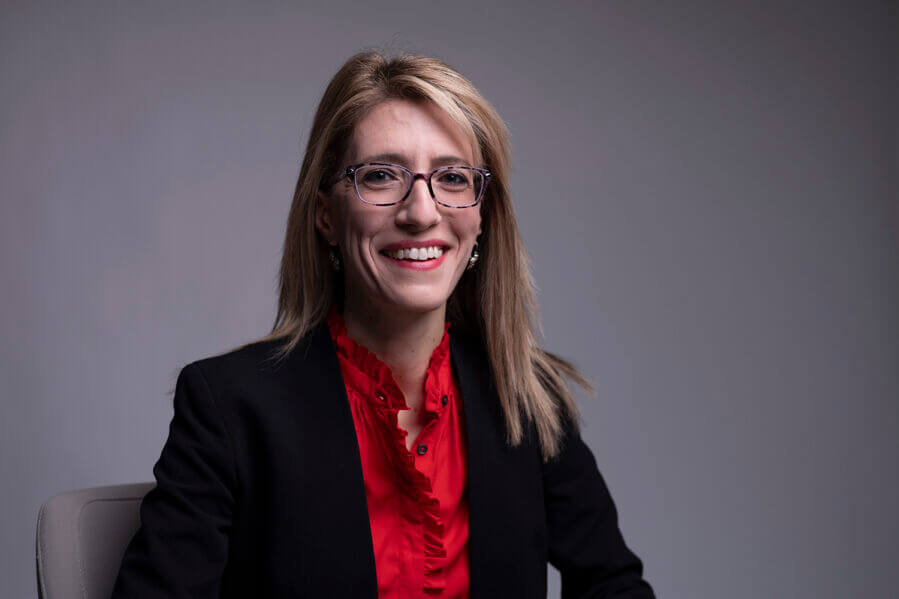Alessandra Corsi knows that when you shoot for the stars, anything can happen.
It’s in that spirit of intellectual curiosity that Corsi, an associate professor in Texas Tech University‘s Department of Physics and Astronomy, will peer into some of the farthest recesses of space in search of gravitational waves.
“We are at a critical moment in this field,” she said. “We had one event in 2017 that was amazing where everyone in multi-messenger astronomy started caring more about gravitational wave data, but now we need more of those type of events so we can study them and understand them better.”
Corsi has received a three-year grant from the National Science Foundation to investigate what occurs in the aftermath of collisions between compact objects in space such as neutron stars and black holes.
“It is looking at remnants of stars that have died, either neutron stars or black holes,” she said. “We want to look at them when they’re spiraling and then colliding because they give off gravitational waves and, potentially, light at all wavelengths.”
Gravitational waves were first detected in 2015, confirming a prediction made by Albert Einstein in his theory of relativity a century earlier. In 2017, a collision of two neutron stars also produced gravitational waves, and as a result of that event, the field of gravitational wave physics subsequently exploded with Corsi among its leaders.
“The outer layers of the star bounce out and the core collapses,” she said. “That’s what creates the cosmic explosions in which neutron stars and black holes are born. When in binary systems, these neutron stars and black holes can go through collisions – a flashy way to say they are orbiting each other and eventually merge.”
The grant has several major areas of emphasis. The first is to continue research along the path of the 2017 event that thrust gravitational wave astronomy onto the international scientific stage.
“We have a new set of data available with improved sensitivity,” she said. “So we hope to be able to see gravitational waves a little further in space, and we hope to see more of them. This grant will help catch what could be the next major multi-messenger discovery. We are hoping for another event like 2017.”
The second emphasis requires looking into the future and anticipating research needs with equipment such as much larger and more sensitive telescopes that will allow scientists to look even deeper into the universe. Corsi’s research will help lay a foundation for subsequent efforts.
Work will begin in September, and the grant spans a three-year research window during which Corsi hopes to observe and record more gravitational-wave events.
“We would really like to go from the one event we have seen to 10 because with 10 you can start compiling statistics,” she said. “If you have a larger number, you can study them well, and that’s important as far as helping us understand the physics of neutron stars, how they are formed, the rate at which they merge and so on.
“You want to have a lot of data so you can say, ‘This is what happened over the course of time. We need to know more about what happens after they merge. Maybe it’s another neutron star or maybe it’s a black hole.”
Corsi said this is the type of important research that can help the entire field continue to evolve.
“We need another one of these beautiful examples like we had in 2017 where all the messengers, gravitational waves and light can come together,” she said.


